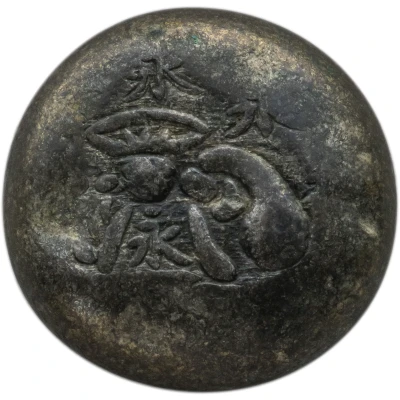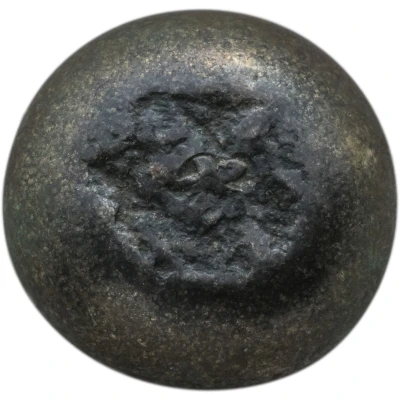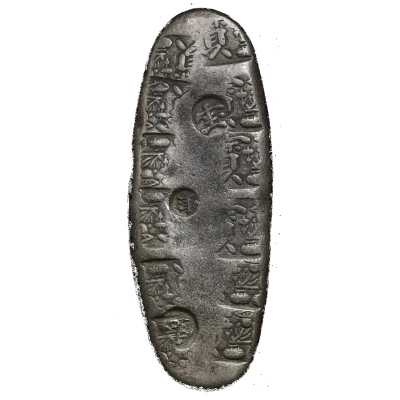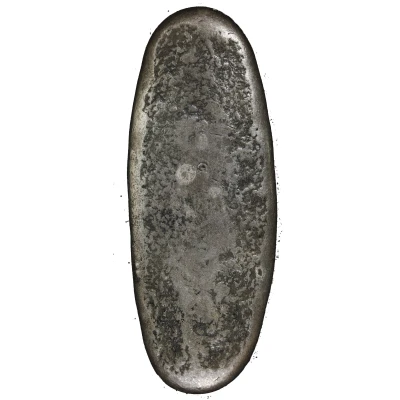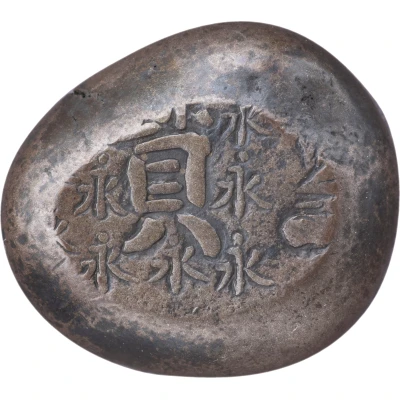
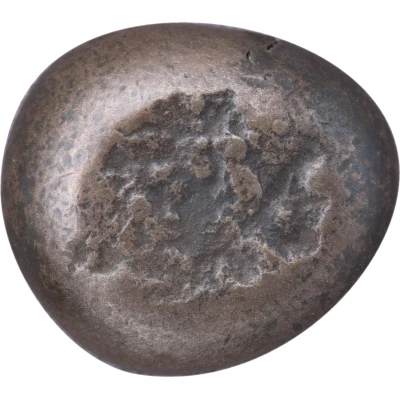

© Ginza Coin Auctions
Mameitagin "Hōei Eiji Mameitagin" 永 around 寳 ND
1710 year| Billon (.400 silver) | - | - |
| Issuer | Japan |
|---|---|
| Type | Standard circulation coin |
| Year | 1710 |
| Currency | Monme Silver / Monme-Gin / Ginme (1601-1874) |
| Composition | Billon (.400 silver) |
| Shape | Round (irregular) |
| Technique | Hammered (bean) |
| Demonetized | 4 February 1723 |
| Updated | 2024-10-05 |
| Numista | N#288029 |
|---|---|
| Rarity index | 97% |
Reverse
Rough blank
Interesting fact
One interesting fact about the Mameitagin coin is that it was issued during a time of great economic change in Japan. The coin was minted in 1710, during the reign of Emperor Higashiyama, who was known for his efforts to promote trade and commerce in Japan. The Mameitagin coin was one of the first coins to be minted using a new technique called "Billon," which was a mixture of 40% silver and 60% copper. This new technique allowed for the production of more coins with less silver, which helped to alleviate the shortage of silver coins in circulation at the time. The Mameitagin coin was also unique in that it featured a square hole in the center, which was a departure from the traditional round hole found in other Japanese coins. Overall, the Mameitagin coin is a fascinating piece of Japanese history and a testament to the country's economic and technological advancements during the Edo period.
